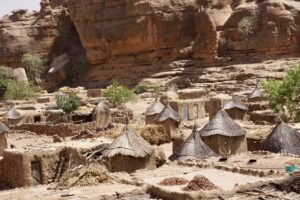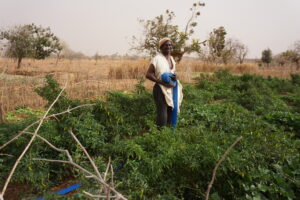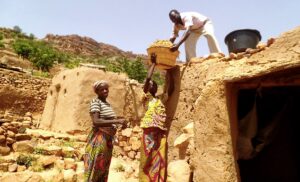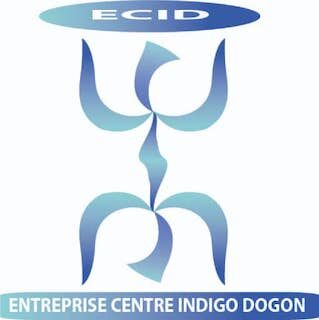
by Amadou NANGO, member of the CAPID Marketing Strategy Committee and Indigo Dogon project financial manager
Traditionally, Dogon village economy has been largely based on subsistence agriculture carried out around two production poles: dry crops (millet, sorghum, corn) and market gardening (shallots, garlic, lettuce, tomatoes, potatoes, cabbage, cucumbers, peppers). Practiced around mini dams and numerous water-catch basins, market gardening plays a key role in food production. Thanks to the resources generated by market garden crops, particularly shallot onions, approximately 60% of the rural population has been able to make up for the deficit in cereal production and food. Shallots are still an important cash crop that occupies farmers during the colder dry season after the millet harvest.

Dogon Country actually became a UNESCO World Heritage Site in 1989. https://whc.unesco.org/fr/list/516. With the rise of tourism in the 1990s, the region’s many historical sites became a focal point for visitors from Europe and North America. However, following the 2012 coup d’état and a sudden, brutal decline of tourism in Mali, the occupation of the North and the subsequent war against terrorists deprived the region of an important income-generating activity.

The Indigo Dogon initiative to create a cottage textile industry in central Mali aims to counteract the rural exodus by offering young people and women the opportunity to work in the region and receive training in the creation and management of promising craft activities. With the creation of the IndigoDogon initiative, hope is reborn for many textile artisans in the area, with the awareness of the need to safeguard their ancestral know-how in order to alleviate the poverty of women and the exodus of youth.
